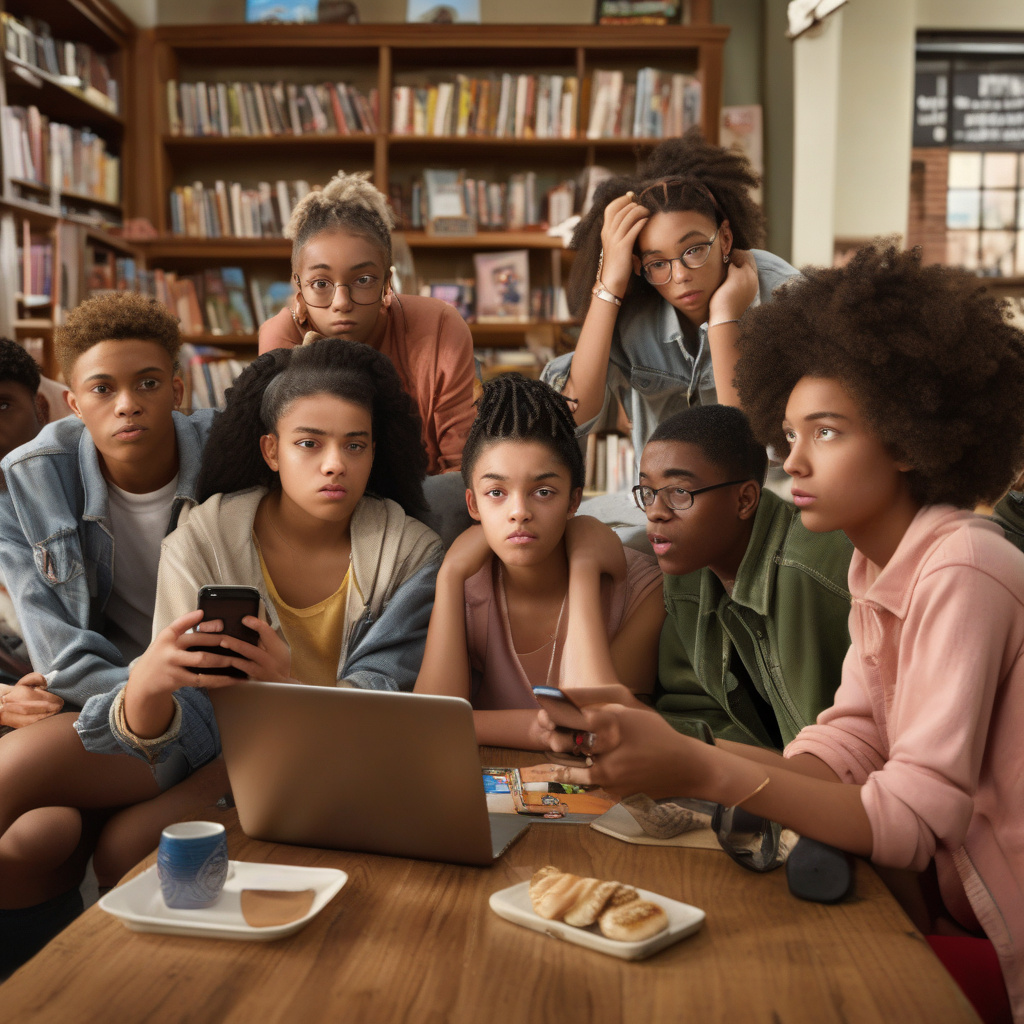The Hidden Dangers of Misinformation for Teens: Why Recognizing Fake Content Goes Beyond World News and Scams
In today’s digital age, where social media plays a prominent role in the lives of teenagers, the ability to distinguish between real and fake information is becoming increasingly crucial. A recent study has shed light on a concerning trend among teens – the misconception that misinformation only pertains to global news or obvious scams. This misguided belief leaves them susceptible to more insidious forms of fake content that permeate their daily online interactions.
The research findings underscore a critical gap in teenagers’ understanding of misinformation. While many are vigilant about blatant falsehoods in news headlines or suspicious emails promising quick riches, they may overlook the subtler distortions that often masquerade as genuine information on social media platforms. From heavily edited photos to misleading captions and clickbait articles, the spectrum of fake content is vast and ever-evolving, making it challenging for teens to discern fact from fiction.
One of the primary reasons behind this phenomenon is the digital-native nature of today’s youth. Having grown up in a world where technology is ubiquitous, teenagers are adept at navigating social media landscapes but may lack the necessary critical thinking skills to evaluate the credibility of the content they encounter. The constant barrage of information, coupled with the echo chamber effect of social media algorithms, further compounds the problem by reinforcing existing beliefs and biases.
To address this issue, educators, parents, and policymakers need to take proactive steps to equip teenagers with the tools they need to spot misinformation effectively. Incorporating media literacy education into school curricula can help students develop the necessary skills to evaluate sources, fact-check information, and think critically about the content they consume online. By teaching teens to question what they see, read, and hear, we can empower them to become savvy digital citizens who are less susceptible to the pitfalls of fake news.
Furthermore, fostering open dialogues about media literacy at home can complement formal education efforts. Parents play a crucial role in guiding their children’s online behavior and instilling healthy skepticism towards the information they encounter. By engaging in discussions about the dangers of misinformation and sharing real-life examples of deceptive content, parents can help their teens develop a discerning eye for fake news.
In addition to educational initiatives, social media platforms also bear a responsibility to combat the spread of misinformation among teenage users. By implementing robust fact-checking mechanisms, promoting media literacy resources, and reducing the visibility of fake content through algorithmic adjustments, tech companies can create a safer online environment for young people.
In conclusion, the pervasive nature of misinformation poses a significant threat to teenagers, who may struggle to differentiate between real and fake content in the digital realm. The research revealing teens’ misconceptions about misinformation serves as a wake-up call for society to prioritize media literacy education and empower young individuals to become critical consumers of information. By arming teens with the knowledge and skills they need to navigate the complexities of the online world, we can help them spot misinformation more effectively and safeguard their digital well-being.
#Teens, #Misinformation, #DigitalLiteracy, #SocialMedia, #FakeNews
